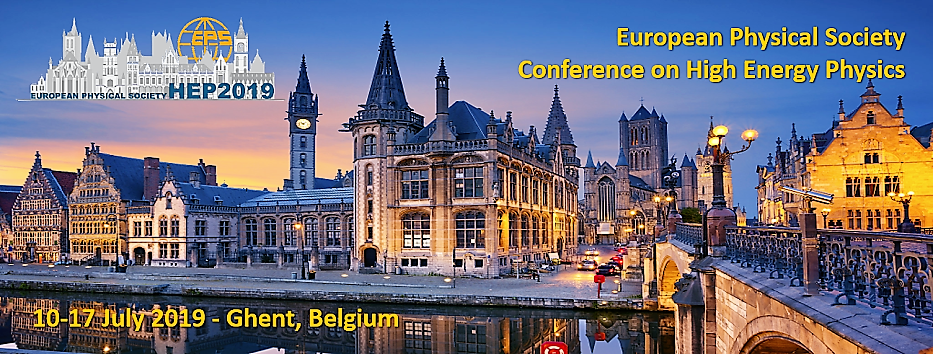Speaker
Max Klein
(University of Liverpool (GB))
Description
The Large Hadron-electron Collider (LHeC) is a proposed upgrade of the LHC at CERN. It consists of an energy recovery linac (ERL) in racetrack configuration providing an intense electron beam to collide with the HL-LHC, HE-LHC and the FCC-hh proton (ion) beams achieving per nucleon centre-of-mass energies 1.3-3.5 (0.8-2.2) TeV and luminosities $\sim 10^{34(33)}$ cm$^{−2}$ s$^{-1}$, respectively. Such a machine offers the opportunity to build a state-of-the-art HEP detector to be operative in the 2030s. The present design of the detectors for the three configurations will be discussed, i.e. the detector configuration, acceptance and resolution, technology choices and integration with the beams.
Author
Nestor Armesto Perez
(Universidade de Santiago de Compostela (ES))
